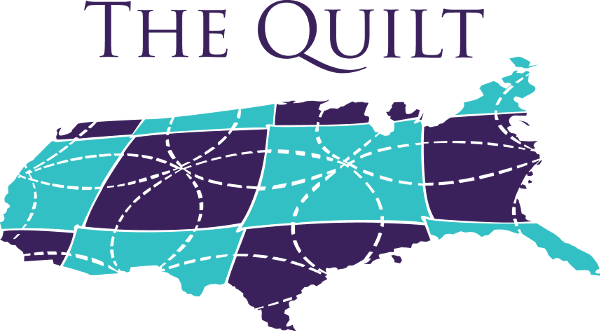The ground didn’t shake and buildings didn’t sway, but a step was taken the morning of January 30th that could well prove to be a seismic shift for InCommon, its participants, and K-14 education in the United States.
MCNC, owner and operator of the North Carolina Research and Education Network (NCREN), registered the first K-14 Represented Constituent (RC) under the InCommon Steward Program. The Steward Program allows a regional network provider like MCNC to manage the business relationship and the identity provider for the school district or community college (which are known in this model as “Represented Constituents”).
For MCNC, this is a way to combine the growing use of cloud services by K-12 schools and community colleges, with the security and convenience of single sign-on offered by federated identities. Teachers, staff, and students can use their school credentials to sign in to various resources, including cloud and other external services, and not have to create a login with each service. This has many advantages, including convenience for individuals, lower support costs for MCNC and the K-12 district or community college, and much easier integration with new services.
Single sign-on is particularly attractive for school districts that have “Early College” and “Middle College” programs with nearby community colleges. Colleges and universities that collaborate with K-12 school districts, or perhaps have a K-12 component to an NSF grant, will find it easier for their colleagues to gain access to collaboration tools and services.
Monday morning, Jan. 30, MCNC onboarded Davie County Schools in North Carolina, which became the first Represented Constituent to appear in the InCommon trust registry and the first entity onboarded and vetted by a Steward. For efficiency, Stewards assume some of InCommon’s onboarding responsibilities, as, in many cases, these K-14 institutions already have a business relationship with the regional network provider. Here’s a graphic that shows how Stewards and Represented Constituents align with Participants in the InCommon Federation.

This is the first step in a longer journey. The proof of concept will wrap up in June, when we will review the next step towards the ultimate goal of operating a production service. We hope other regional networks will also become interested in putting a toe in the water.
But, that’s in the future. Today we celebrate this milestone in U.S. federation history.
